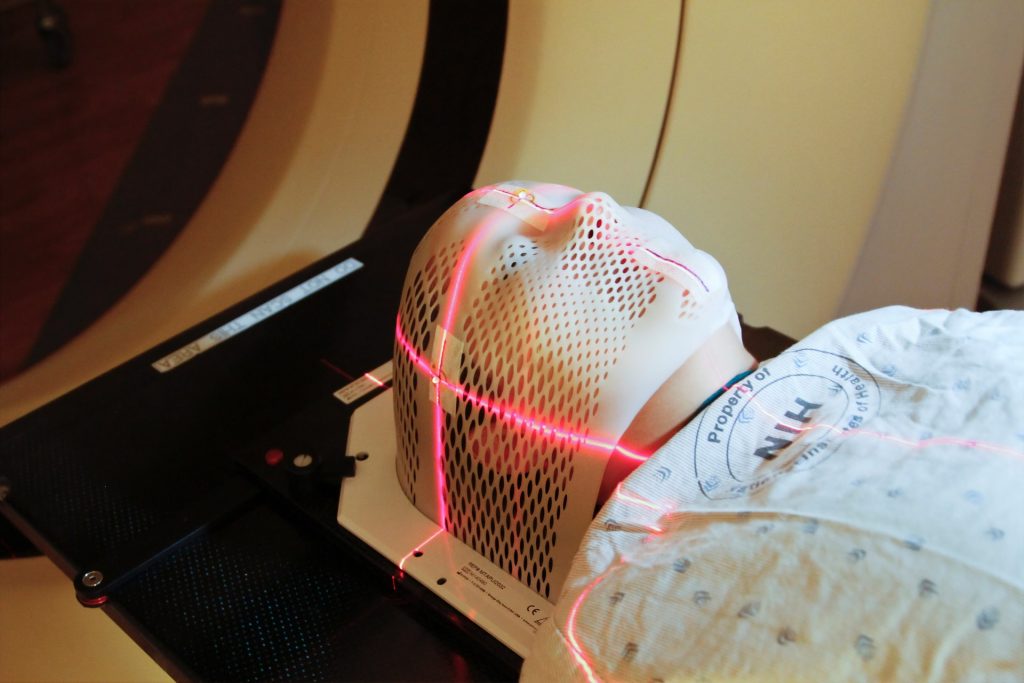Scientists Succeed in Regrowing Frog Legs

Using a mix of drugs and a regenerative seal, scientists were able to successfully regrow frog legs, as reported in Science Advances. This represents an eventual step towards possibly regrowing limbs in humans.
On adult frogs, which are naturally unable to regenerate limbs, the researchers were able to trigger regrowth of a lost leg using a five-drug cocktail applied in a silicone wearable bioreactor dome that seals in the treatment over the stump for just 24 hours. That brief treatment sets in motion an 18-month period of regrowth that restores a functional, near-complete leg.
In humans and mammals loss of a large and structurally complex limb cannot be restored by any natural process of regeneration in humans or mammals. In fact, we tend to cover major injuries with an amorphous mass of scar tissue, protecting it from further blood loss and infection and preventing further growth.
The Tufts University researchers triggered the regenerative process in African clawed frogs by enclosing the wound in a silicone cap, which they call a BioDome, containing a silk protein gel loaded with the five-drug cocktail.
Each drug fulfilled a different purpose, including tamping down inflammation, inhibiting collagen production which would lead to scarring, and encouraging the new growth of nerve fibres, blood vessels, and muscle. The combination and the bioreactor provided a local environment and signals that tipped the scales away from the natural tendency to close off the stump, and toward the regenerative process.
A dramatic growth of tissue was observed in many of the treated frogs, re-creating an almost fully functional leg which was able to respond to stimuli, though the “toes” grown had no bones.
“It’s exciting to see that the drugs we selected were helping to create an almost complete limb,” said Nirosha Murugan, research affiliate at the Allen Discovery Center at Tufts and first author of the paper. “The fact that it required only a brief exposure to the drugs to set in motion a months-long regeneration process suggests that frogs and perhaps other animals may have dormant regenerative capabilities that can be triggered into action.”
Within the first few days after treatment, they detected the activation of known molecular pathways that are normally used in a developing embryo. Activation of these pathways could allow the burden of growth and organisation of tissue to be handled by the limb itself, similar to that in an embryo, rather than require ongoing therapeutic intervention over the many months it takes to grow the limb.
Animals naturally capable of regeneration live mostly in an aquatic environment. The first stage of growth after loss of a limb is the formation of a blastema, a mass of stem cells at the end of the stump, which is used to gradually reconstruct the lost body part. The wound is rapidly covered by skin cells within the first 24 hours after the injury, protecting the reconstructing tissue underneath.
“Mammals and other regenerating animals will usually have their injuries exposed to air or making contact with the ground, and they can take days to weeks to close up with scar tissue,” said Tufts University Professor David Kaplan, co-author of the study. “Using the BioDome cap in the first 24 hours helps mimic an amniotic-like environment which, along with the right drugs, allows the rebuilding process to proceed without the interference of scar tissue.”
Previous work using just progesterone with the BioDome resulted in a spike-like limb.
The five-drug cocktail is a major step toward the restoration of fully functional frog limbs and suggests further exploration of drug and growth factor combinations could lead to regrown limbs that are even more functionally complete.
“We’ll be testing how this treatment could apply to mammals next,” said corresponding author Professor Michael Levin at Tufts University.
“Covering the open wound with a liquid environment under the BioDome, with the right drug cocktail, could provide the necessary first signals to set the regenerative process in motion,” he said. “It’s a strategy focused on triggering dormant, inherent anatomical patterning programs, not micromanaging complex growth, since adult animals still have the information needed to make their body structures.”
Source: Tufts University




